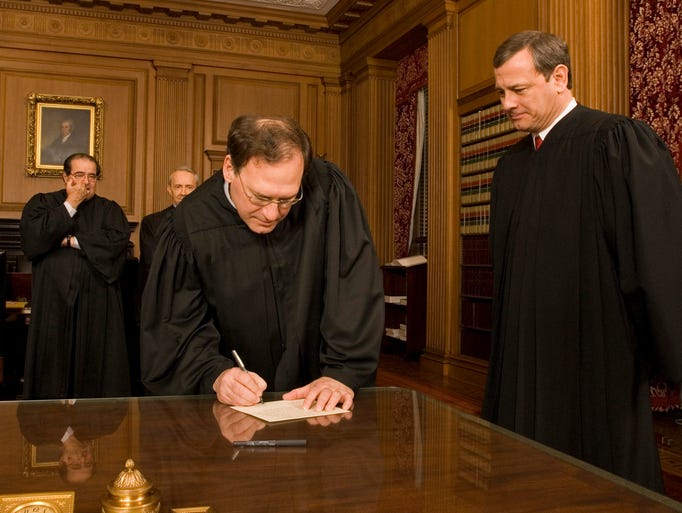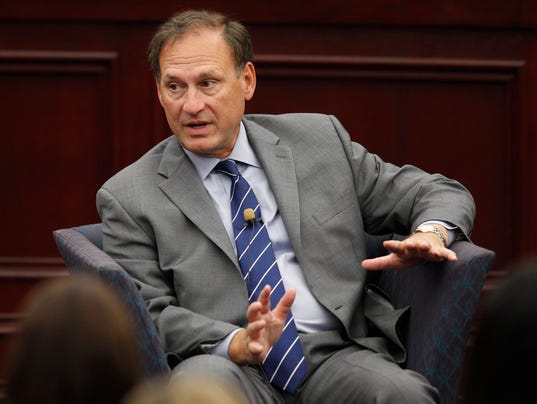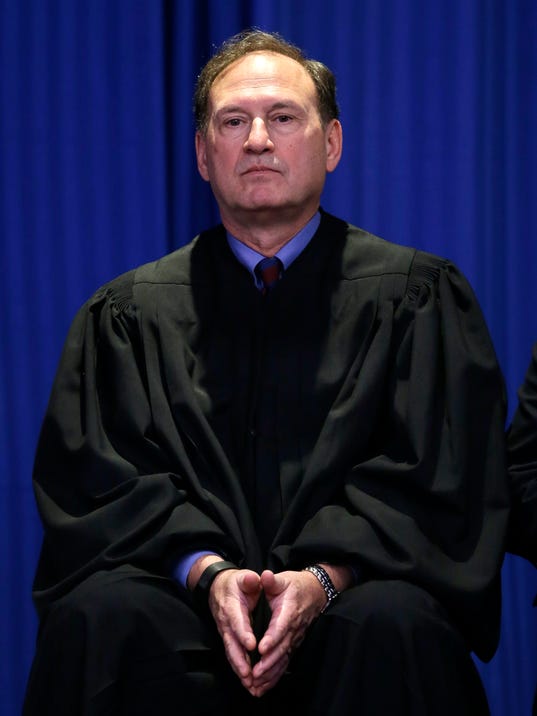The issue before the Supreme Court was a federal ban on hovercraft inside national parks, and Justice Samuel Alito was in a huff.
Despite special concessions that apply to Alaska, an appeals court had upheld the hovercraft ban there, even on land the federal government doesn't own. The court's reasoning didn't make sense to Alito, and he suspected the Justice Department lawyer defending the ban agreed.
"Why don't you concede that it's wrong?" Alito asked Assistant Solicitor General Rachel Kovner during oral argument last month. "It's a ridiculous interpretation, is it not?"
The query was vintage Alito, as scores of Supreme Court advocates can attest. On a bench laden with long-winded orators and charismatic performers, he speaks softly — but with an incisive kick.
Ten years into his tenure on the high court, Samuel Anthony Alito Jr. remains the darling of conservatives and the bane of liberals. His substitution for Sandra Day O'Connor in 2006 represented the court's most significant shift since Clarence Thomas replaced Thurgood Marshall in 1991. In nearly all respects, he has been as advertised.
Without Alito, the court likely would not have upheld a ban on late-term abortions in 2007, obliterated campaign spending rules for corporations in 2010 or perhaps even struck down a key section of the Voting Rights Act in 2013. This year, he appears poised to take the lead in limiting public employee unions' ability to collect fees from non-members.
"He is the no-surprise justice," says William Yeomans, a professor at American University's Washington College of Law. "He is very much the product of the conservative legal movement."
Read the rest of the story
HERE.
If you like what you see, please "Like" us on Facebook either
here or
here. Please follow us on Twitter
here.




No comments:
Post a Comment